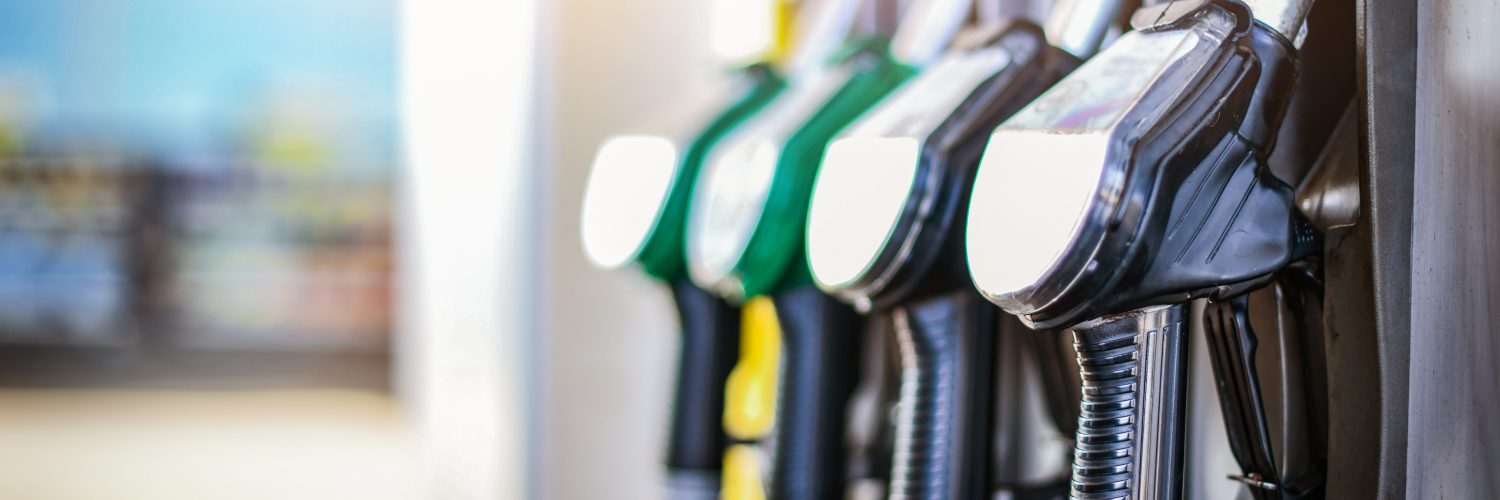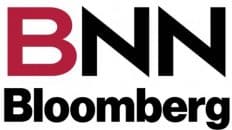It’s all a coin toss!
But what’s tougher – predicting where diesel and gasoline prices are going to go anytime soon, or explaining why they’re as high as they are?
In the not too distant and sane past, making the call on short-term pricing patterns was somewhat straightforward; a matter of deciding which of the 16 factors that go into the pricing mechanics of transportation fuels are the dominant ones. Indeed, those were the days when an increase of 2 cents per litre (cpl) at the wholesale level or at the pump, in any given week, was a major event on the consumer calendar – and for the media to report.
The reality of today’s pricing and what makes it happen is only what I can call… surreal. We need only look at this week’s price movements at the wholesale level for gasoline for me to rest my case.
But for the sake of National Geographic Correctness (my term), we will use Winnipeg as the example:
On Tuesday April 12, 2022, the rack price fell by 5.1 cpl, which was met with squeals of delight. A-ha! But the next day the price reversed itself, changed its mind, and increased by 4.2 cpl.
Today, Thursday April 14, 2022, the racks increased again by 4.5 cpl!
The question is, ‘why is this happening not only in Winnipeg, but in every major city across the country?’
If we look at supply and demand, this week’s EIA report had crude inventories increasing by an amazing 9.4 million barrels, so that increase in supply should have dampened any enthusiasm for an increase in prices.
Guess what? Yep, guess not.
Looking at demand then, this too would have supported a slow-down in price escalation with demand slowing due to price fatigue.
But guess what? Yep, guess not.
Even refinery runs are kicking back up in preparation for the summer driving season, with the Gulf Coast refining hub for example now running at 94% capacity. So, if we look at the objective factors as outlined, prices should be falling.
Then we get into the ‘subjectives’ of the pricing picture. The announcement of drawing down crude reserves should lighten gasoline and diesel prices, right?
The unfortunate resurgence of the coronavirus in China should lower global demand due to lockdowns. The reformulation of gasoline in the U.S. by allowing ethanol levels to increase from a maximum of 10% to 15% should also lower prices, as the demand for crude will be lower.
Then again, we would not be in this mess if the Keystone XL pipeline was up and running.
I guess our politicians could re-name and re-brand it though, maybe even re-route it.
Guess what? Yep, guess not!
– Roger McKnight – B.Sc., Senior Petroleum Analyst








Add comment